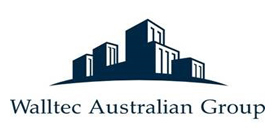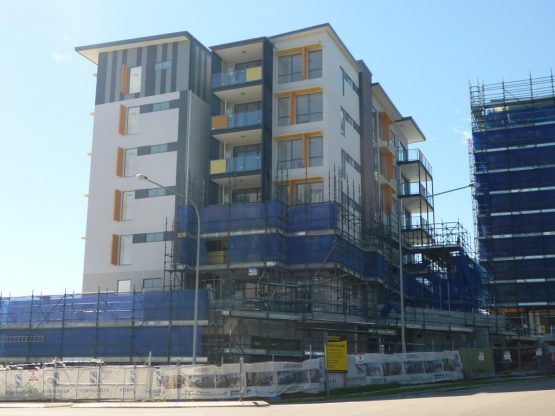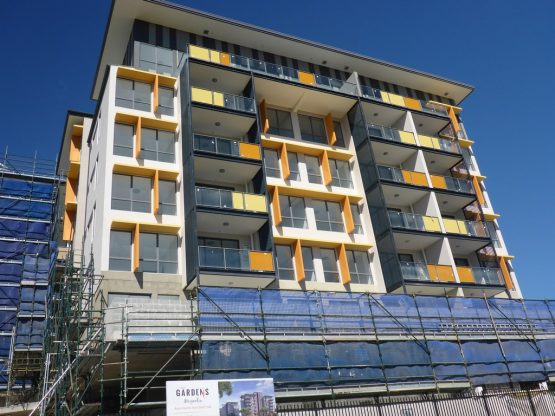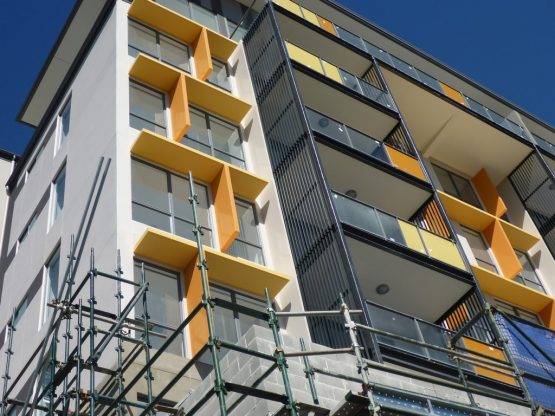Campbelltown
Construction of Modern living, six storey apartments in Campbelltown (Sydney South west). This project was completed in under 12 months from its conception to reality. Construction of Modern living, six storey apartments in Campbelltown (Sydney South west). This project was completed in under 12 months from its conception to reality.Construction of Modern living, six storey apartments in Campbelltown (Sydney South west). This project was completed in under 12 months from its conception to reality.Construction of Modern living, six storey apartments in Campbelltown (Sydney South west). This project was completed in under 12 months from its conception to reality.
About Campbelltown
Campbelltown is a suburb and major centre in the metropolitan area of Sydney, New South Wales, Australia. It is located in Greater Western Sydney 50 kilometres (31 mi) south-west of the Sydney central business district. Campbelltown is the administrative seat of the local government area of the City of Campbelltown. It is also acknowledged on the register of the Geographical Names Board of New South Wales as one of only four cities within the Sydney metropolitan area.
Campbelltown gets its name from Elizabeth Campbell, the wife of former Governor of New South Wales Lachlan Macquarie. Originally called Campbell-Town, the name was later simplified to the current Campbelltown.
Population & Development
Population
According to the 2011 census of Population, there were 110,400 people in the suburb of Campbelltown, and 262,615 residents in the Campbelltown Local Government Area. In the suburb of Campbelltown, 67.6% of people were born in Australia. The most common other countries of birth were England 4.1%, New Zealand 2.6%, Philippines 2.2%, India 1.4% and South Africa 0.9%. 75.4% of people only spoke English at home. Other languages spoken at home included Arabic 3.4%, Samoan 1.3%, Spanish 1.3%, Tagalog 1.2% and Hindi 1.0%. The most common responses for religion in Campbelltown were Catholic 29.8%, Anglican 21.8%, No Religion 14.2%, Islam 14.1% and Presbyterian and Reformed 2.9%.
Development
Development of the town was slow particularly after the departure of Macquarie, and it wasn’t until 1831 that residents took possession of town land. However, it was during this period that Campbelltown’s most famous incident occurred. In 1826, local farmer Frederick Fisher disappeared. According to folklore, his ghost appeared sitting on a fence rail over a creek just south of the town and pointed to a site where his body was later found to be buried. In memory of the incident, the Fisher’s Ghost festival is held each November in Campbelltown.
Campbelltown’s population increased steadily in the decades following. The southern rail line was extended to Campbelltown in 1858, leading to further development, and in 1882, Campbelltown Council was established allowing municipal works to occur in earnest. Campbelltown became the first country town in New South Wales to have piped water in 1888 and in the period between the World Wars, a local power station was built to supply electricity to residents.
Campbelltown was designated in the early 1960s as a satellite city by the New South Wales Planning Authority, and a regional capital for the south west of Sydney. There was extensive building and population growth in the intervening time and the government set aside land surrounding the township for public and private housing and industry.
Construction of Modern living, six storey apartments in Campbelltown (Sydney South west). This project was completed in under 12 months from its conception to reality. Construction of Modern living, six storey apartments in Campbelltown (Sydney South west). This project was completed in under 12 months from its conception to reality.Construction of Modern living, six storey apartments in Campbelltown (Sydney South west). This project was completed in under 12 months from its conception to reality.Construction of Modern living, six storey apartments in Campbelltown (Sydney South west). This project was completed in under 12 months from its conception to reality.
About Campbelltown
Campbelltown is a suburb and major centre in the metropolitan area of Sydney, New South Wales, Australia. It is located in Greater Western Sydney 50 kilometres (31 mi) south-west of the Sydney central business district. Campbelltown is the administrative seat of the local government area of the City of Campbelltown. It is also acknowledged on the register of the Geographical Names Board of New South Wales as one of only four cities within the Sydney metropolitan area.
Campbelltown gets its name from Elizabeth Campbell, the wife of former Governor of New South Wales Lachlan Macquarie. Originally called Campbell-Town, the name was later simplified to the current Campbelltown.
Population & Development
Population
According to the 2011 census of Population, there were 110,400 people in the suburb of Campbelltown, and 262,615 residents in the Campbelltown Local Government Area. In the suburb of Campbelltown, 67.6% of people were born in Australia. The most common other countries of birth were England 4.1%, New Zealand 2.6%, Philippines 2.2%, India 1.4% and South Africa 0.9%. 75.4% of people only spoke English at home. Other languages spoken at home included Arabic 3.4%, Samoan 1.3%, Spanish 1.3%, Tagalog 1.2% and Hindi 1.0%. The most common responses for religion in Campbelltown were Catholic 29.8%, Anglican 21.8%, No Religion 14.2%, Islam 14.1% and Presbyterian and Reformed 2.9%.
Development
Development of the town was slow particularly after the departure of Macquarie, and it wasn’t until 1831 that residents took possession of town land. However, it was during this period that Campbelltown’s most famous incident occurred. In 1826, local farmer Frederick Fisher disappeared. According to folklore, his ghost appeared sitting on a fence rail over a creek just south of the town and pointed to a site where his body was later found to be buried. In memory of the incident, the Fisher’s Ghost festival is held each November in Campbelltown.
Campbelltown’s population increased steadily in the decades following. The southern rail line was extended to Campbelltown in 1858, leading to further development, and in 1882, Campbelltown Council was established allowing municipal works to occur in earnest. Campbelltown became the first country town in New South Wales to have piped water in 1888 and in the period between the World Wars, a local power station was built to supply electricity to residents.
Campbelltown was designated in the early 1960s as a satellite city by the New South Wales Planning Authority, and a regional capital for the south west of Sydney. There was extensive building and population growth in the intervening time and the government set aside land surrounding the township for public and private housing and industry.



